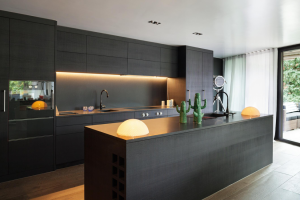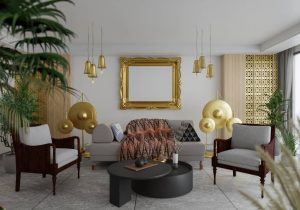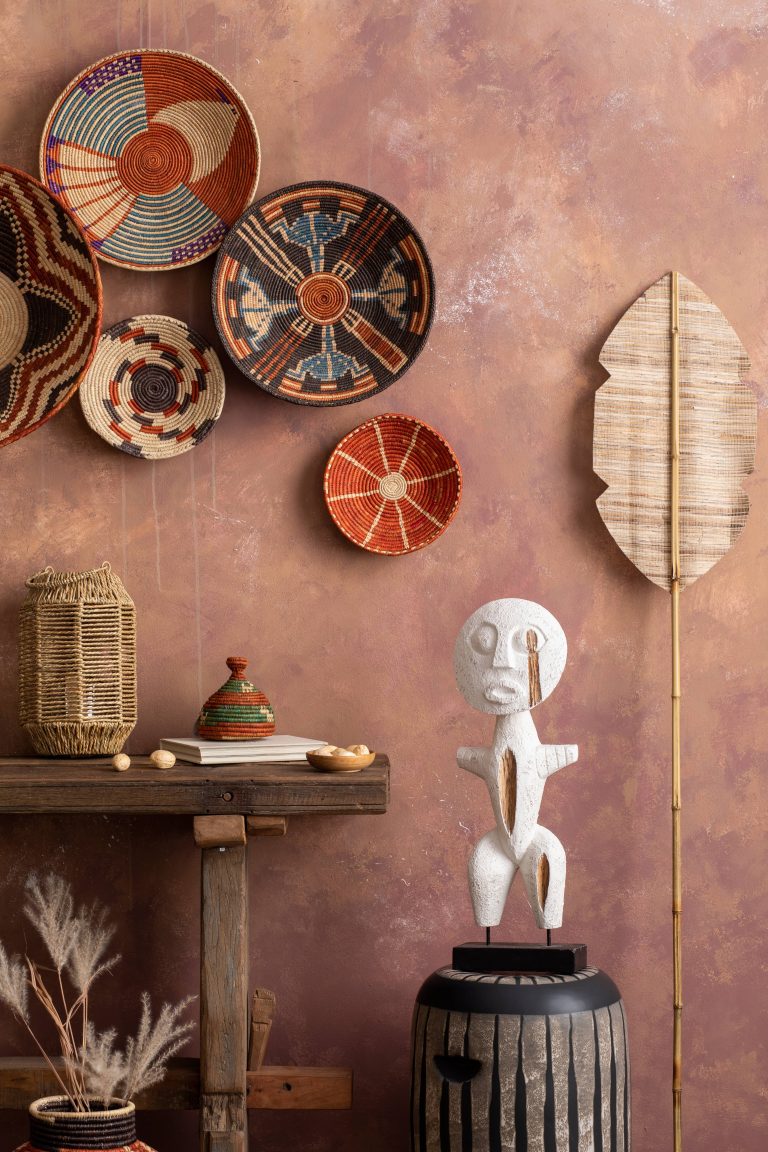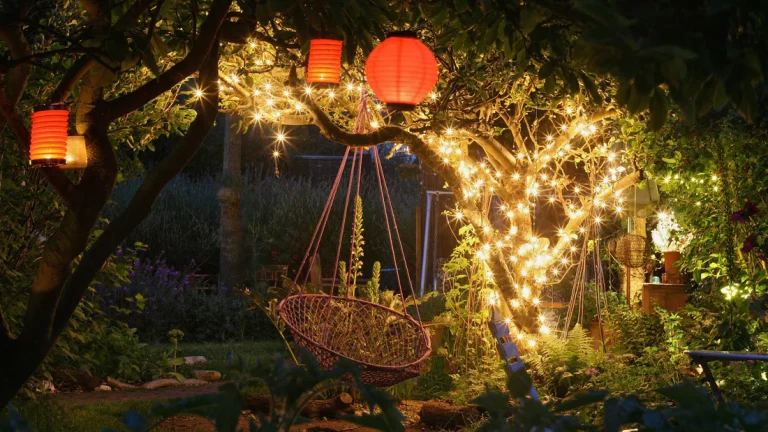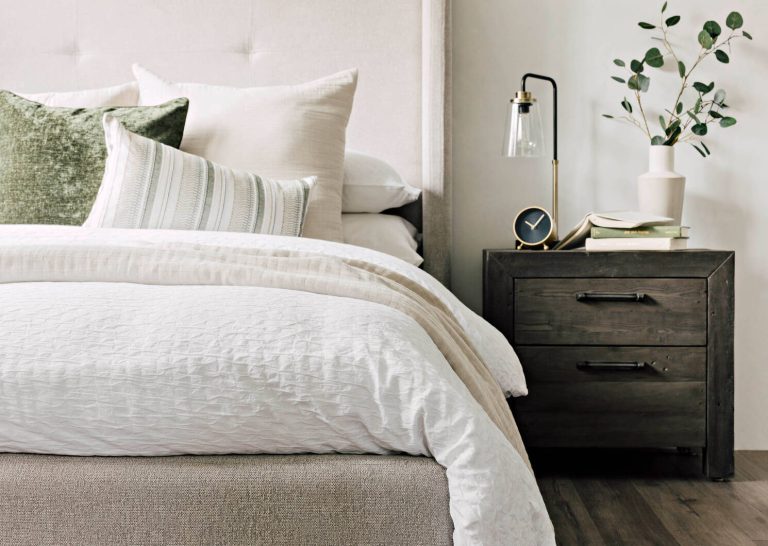
When it comes to furnishing your living room, selecting the right coffee table can often feel like a daunting task. It’s not just a place to rest your cup of coffee or stack your favorite books; a coffee table is a central piece that can anchor your room, offering both functional and aesthetic value. Whether you’re cozying up in a compact apartment or spreading out in a sprawling house, the right coffee table can complement your space beautifully. Here’s how to choose the perfect coffee table for your living area.
1. Assess Your Space
Before you fall in love with a particular style or design, take a moment to consider the dimensions of your living space. Measure the area where you plan to place the coffee table. Typically, the table should be about two-thirds the length of your sofa for optimal visual appeal. Ensure there is enough space for movement. A good rule of thumb is to leave at least 18 inches of space between the coffee table and other furniture around it. This ensures comfort and accessibility without disrupting the flow of the room.
Consider the shape of your room and any architectural elements that might influence your choice. A square or round coffee table can soften a room with sharp corners, while a rectangular table can complement more linear spaces.
2. Determine the Functionality
What do you plan to use your coffee table for? If you’re someone who loves hosting, opt for a spacious table that accommodates snacks and drinks comfortably. If you have kids, you might lean toward a table with rounded edges for safety or one that offers additional storage for toys and family games. For those who appreciate a minimalist aesthetic, a sleek, simple design with little to no storage might be ideal.
Consider tables with additional features like shelves or drawers if you’re looking to maximize storage. Multi-functional tables, like those with lift tops, can double as desks or dining tables in small spaces, which can be a game-changer for those in compact apartments.
3. Select the Right Material
Coffee tables come in a plethora of materials, each offering a distinct look and feel. Here’s a breakdown of some popular options:
– Wood: A classic choice, wood offers warmth and versatility. Whether it’s oak, walnut, or teak, wooden tables can suit both contemporary and traditional settings.
– Glass: Ideal for smaller spaces, glass tables can make a room feel more open and airy. However, they may require regular cleaning to maintain their appearance, and they aren’t the best choice for homes with young children.
– Metal: With its sleek look, metal can be perfect for industrial or modern designs. It’s durable and often easier to clean than other materials.
– Stone: Marble and granite tables are luxurious but can be heavy. They’re durable and add a touch of elegance to any space.
– Acrylic: Like glass, acrylic tables can help small spaces feel less cluttered and provide a modern, minimalist aesthetic.
4. Choose a Style
Your coffee table should reflect your style and fit harmoniously with your existing décor. Whether you love the rustic charm of a farmhouse table or the glossy finish of a contemporary piece, your coffee table can be an expression of your personality. Here’s how different styles can align with your room’s theme:
– Modern: Think clean lines, geometric shapes, and minimal embellishments. Materials like glass and metal are prevalent.
– Traditional: Classic designs with intricate detailing, often made from rich woods like mahogany or cherry.
– Rustic: Warm, charming tables often featuring reclaimed wood or distressed finishes.
– Eclectic: Funky, mismatched styles that could include vintage finds or contemporary pieces with unusual shapes.
5. Mind the Cost
Your budget will also play a crucial role in your selection process. Coffee tables range from budget-friendly options to high-end designer pieces. Set a budget before you begin shopping, and try to stick to it. Keep in mind that a higher price doesn’t always mean better quality. Vintage stores or thrift shops can offer unique, affordable options that have both character and history.
6. Coordinate with Other Furniture
Finally, ensure your coffee table doesn’t clash with other furniture in your living room. While it doesn’t need to match perfectly, it should complement the vibe and color scheme of your space. A well-coordinated table can enhance your existing décor and elevate the room’s overall look.
Conclusion
Finding the right coffee table is about more than just finding a place to put your drinks. It’s about blending aesthetics with functionality, reflecting your personal style, and enhancing the comfort and usability of your living space. By considering the size, functionality, material, style, and cost of your coffee table, you can find a piece that suits your home perfectly. Take your time with your selection, and enjoy the process. The ideal coffee table could be the piece that ties your entire room together, offering a stylish focal point for years to come.


